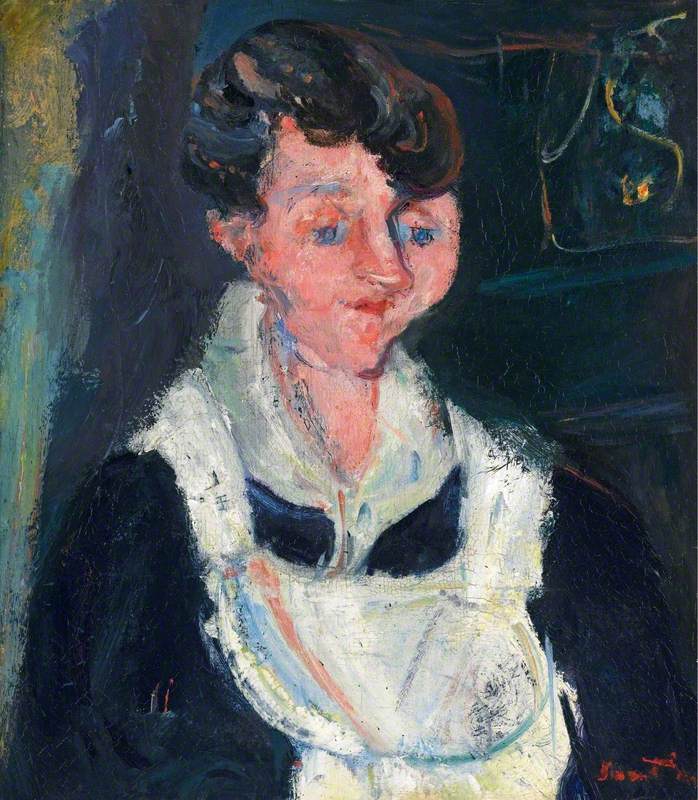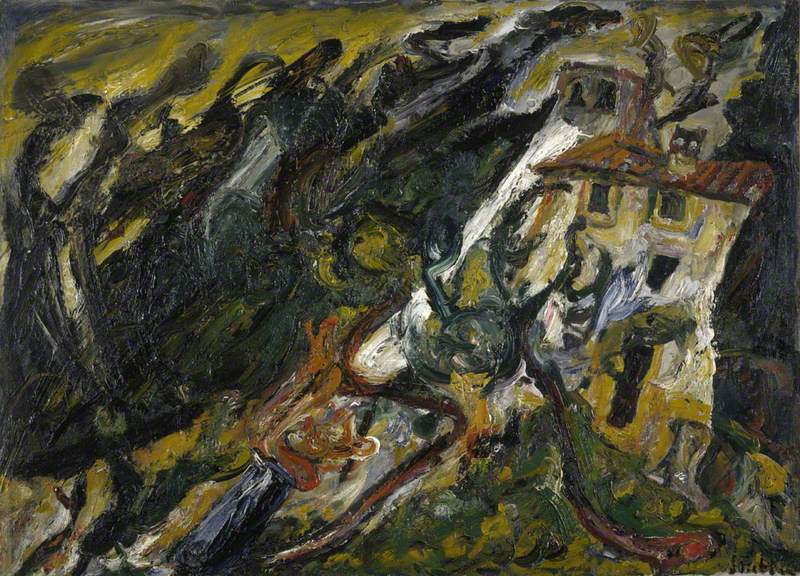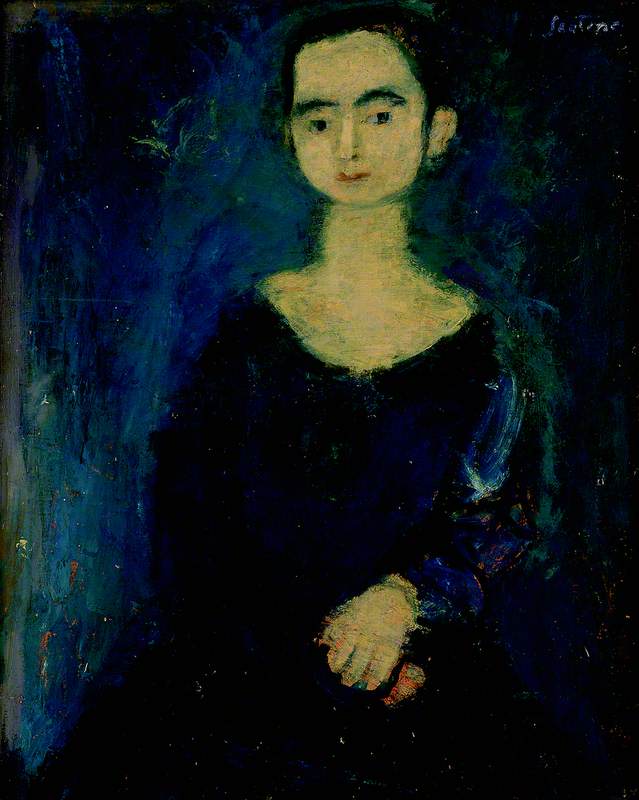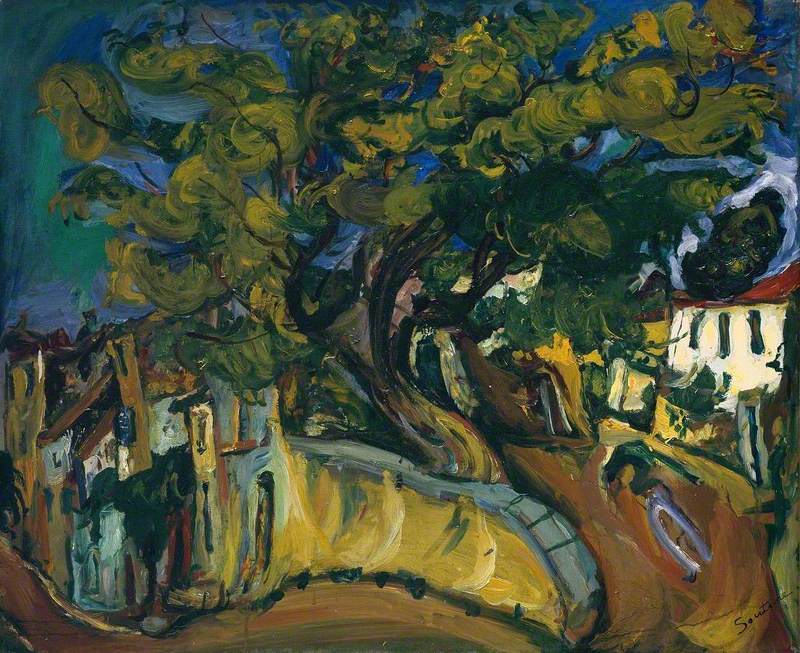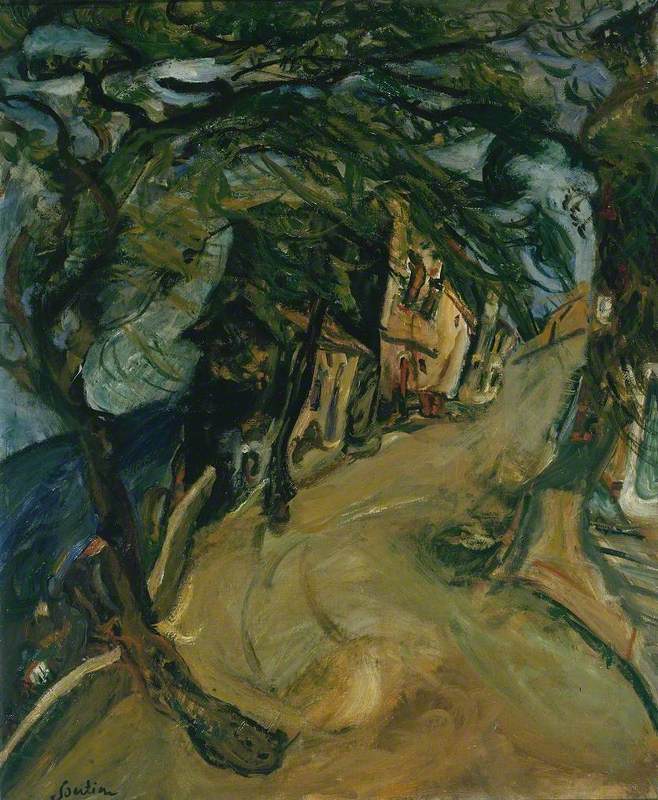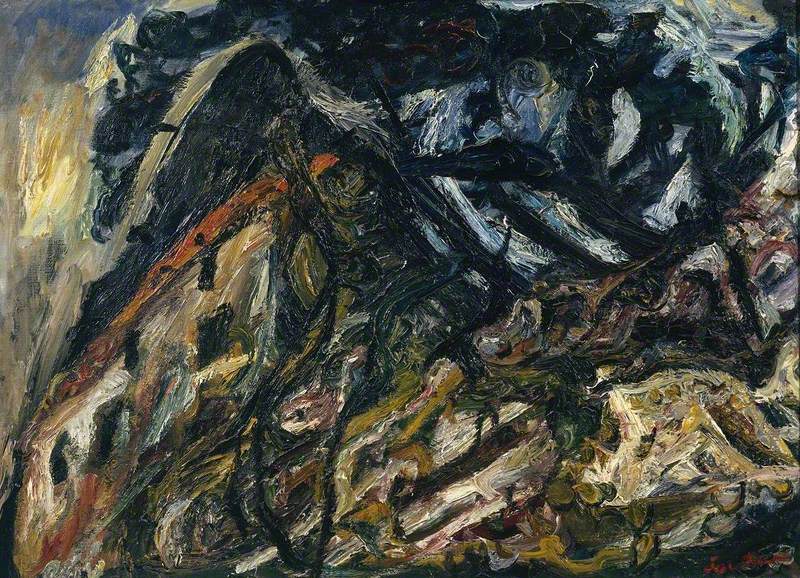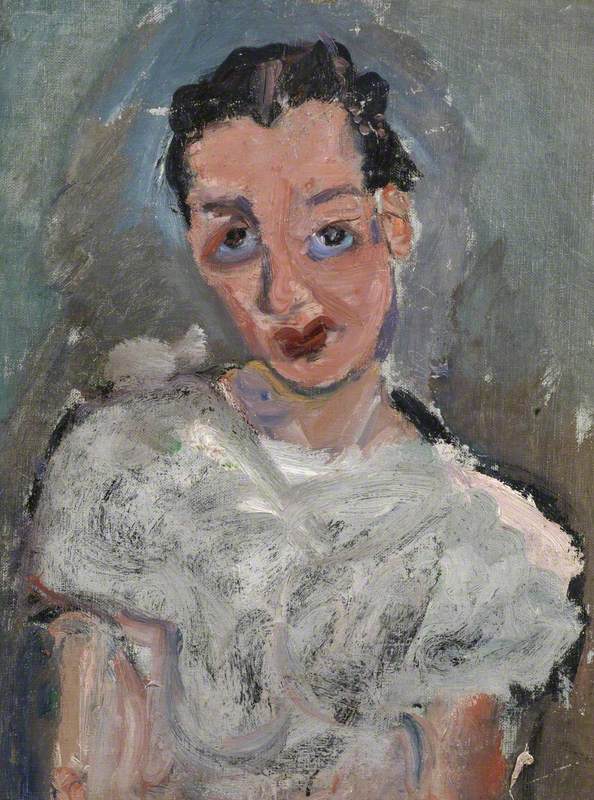
Young Woman in a White Blouse (Jeune femme à la blouse blanche) c.1923
Chaïm Soutine (1893–1943)
The Courtauld, London (Samuel Courtauld Trust)
(b Smilovitchi, nr. Minsk, 1893; d Paris, 9 Aug. 1943). Lithuanian-born painter who settled in France in 1913 and became one of the leading Expressionists of the École de Paris. His friends in the circle of expatriate artists there included Chagall and also Modigliani, who painted a memorable portrait of him (1917, NG, Washington). Soutine suffered from depression and lack of confidence in his work (he was reluctant to exhibit and sometimes destroyed his own pictures), and he endured years of desperate poverty until the American collector Dr Albert C. Barnes bought a number of his paintings in 1923. Thereafter he was free from need, although he continued to suffer from ill health and a disposition towards self-torment. His output work included landscapes, portraits, and figure studies of characters such as choirboys and pageboys.
Text source: The Oxford Dictionary of Art and Artists (Oxford University Press)
